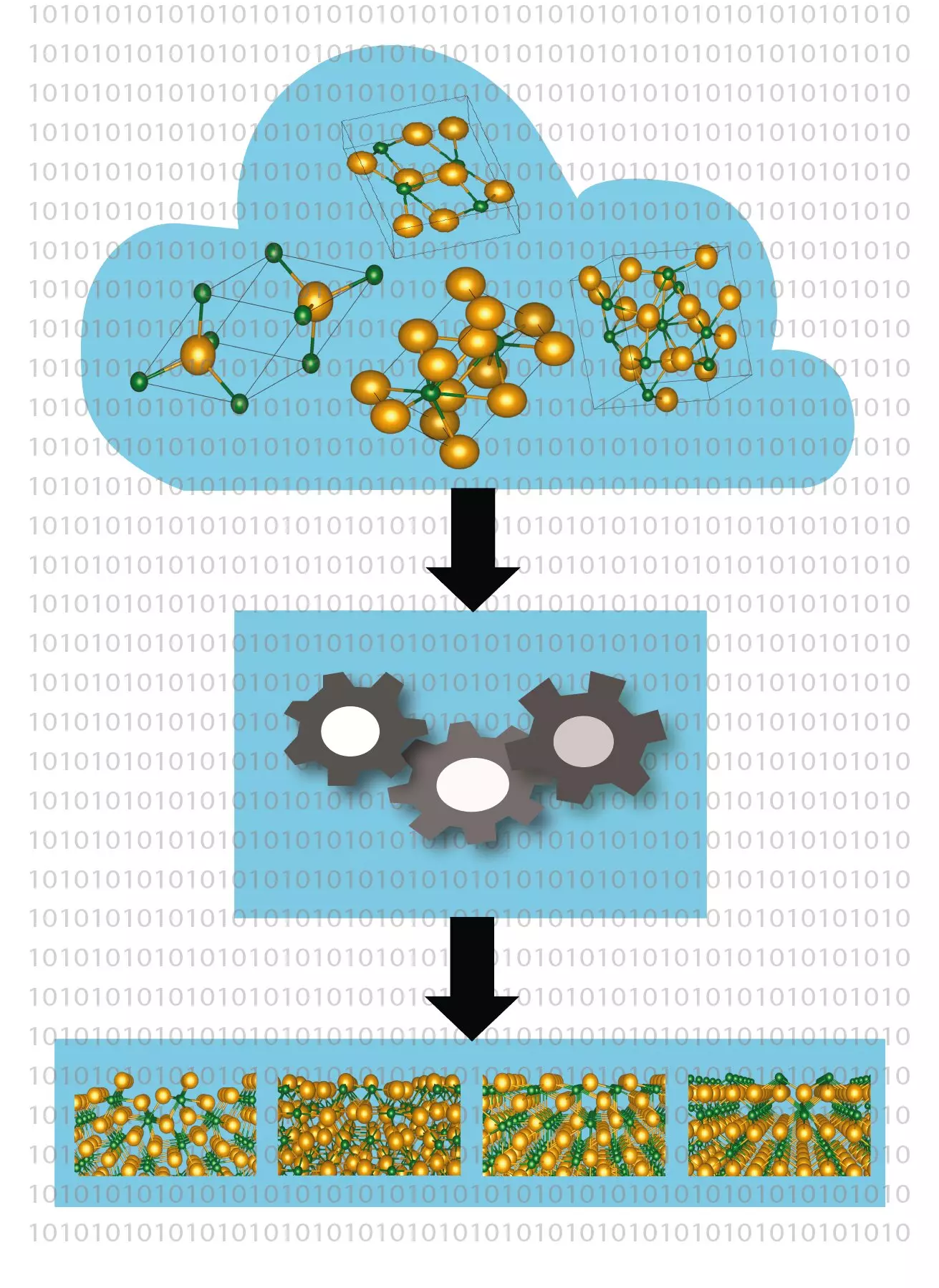Advancements in technology have significantly influenced the way scientists conduct research and make discoveries. One area that has seen a remarkable transformation is material research, especially in the search for new materials for key technologies such as photovoltaics, batteries, and data transmission. Computer-based methods have emerged as a powerful tool in this field, enabling researchers to explore the surface properties of crystalline materials with greater efficiency and accuracy.
Prof. Dr. Caterina Cocchi and Holger-Dietrich Saßnick from the University of Oldenburg in Germany have developed a high-throughput automatized method to calculate the surface properties of crystalline materials using established laws of physics. Their research, published in the journal npj Computational Materials, highlights the significance of this method in speeding up the search for relevant materials in key areas such as the energy sector.
Calculating the material properties of surfaces presents unique challenges compared to bulk materials due to factors such as defects in the crystal structure and uneven growth of crystals. These complexities make it difficult for researchers to determine the properties of samples in experiments accurately. However, Cocchi and Saßnick’s automated procedure offers a solution for high-quality screening of new compounds, addressing the challenges faced in surface property calculations.
The researchers integrated their findings into the aim2dat computer program, which simplifies the process by requiring only the chemical composition of a compound as input. The software extracts information about the crystal’s structure from existing databases and calculates the conditions for the material’s surface to be chemically stable. Additionally, it determines key properties, such as the energy required for electron excitation, which is crucial for materials involved in energy conversion processes.
Cocchi and Saßnick demonstrated the method’s applicability using the semiconductor cesium telluride, a material with various crystal forms. Despite the challenges in controlling the composition and quality of cesium telluride samples in experiments, the researchers conducted a detailed analysis of the physical properties of different crystal configurations. By embedding the software in a publicly accessible program library, Cocchi and Saßnick invite other researchers to utilize and enhance the procedure, emphasizing its potential for discovering new materials for diverse applications in the energy sector.
The development of computer-based methods for material research represents a significant advancement in the field, offering researchers a powerful tool to explore and understand the surface properties of crystalline materials. The work by Prof. Dr. Caterina Cocchi and Holger-Dietrich Saßnick demonstrates the potential of automated procedures in accelerating the discovery of new materials for enhancing key technologies in the energy sector. As technology continues to evolve, these methods play a crucial role in advancing scientific knowledge and innovation in materials science.


Leave a Reply